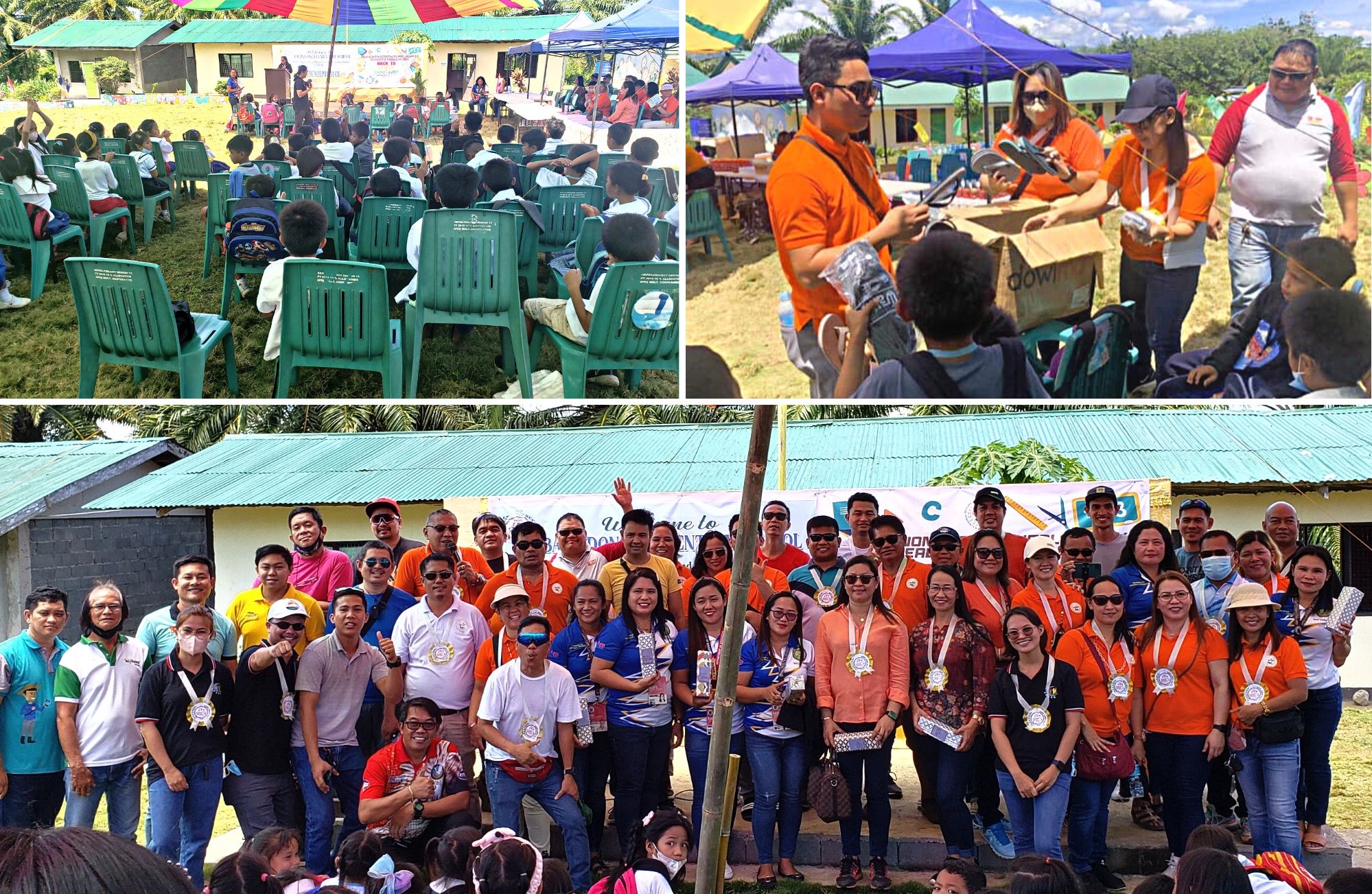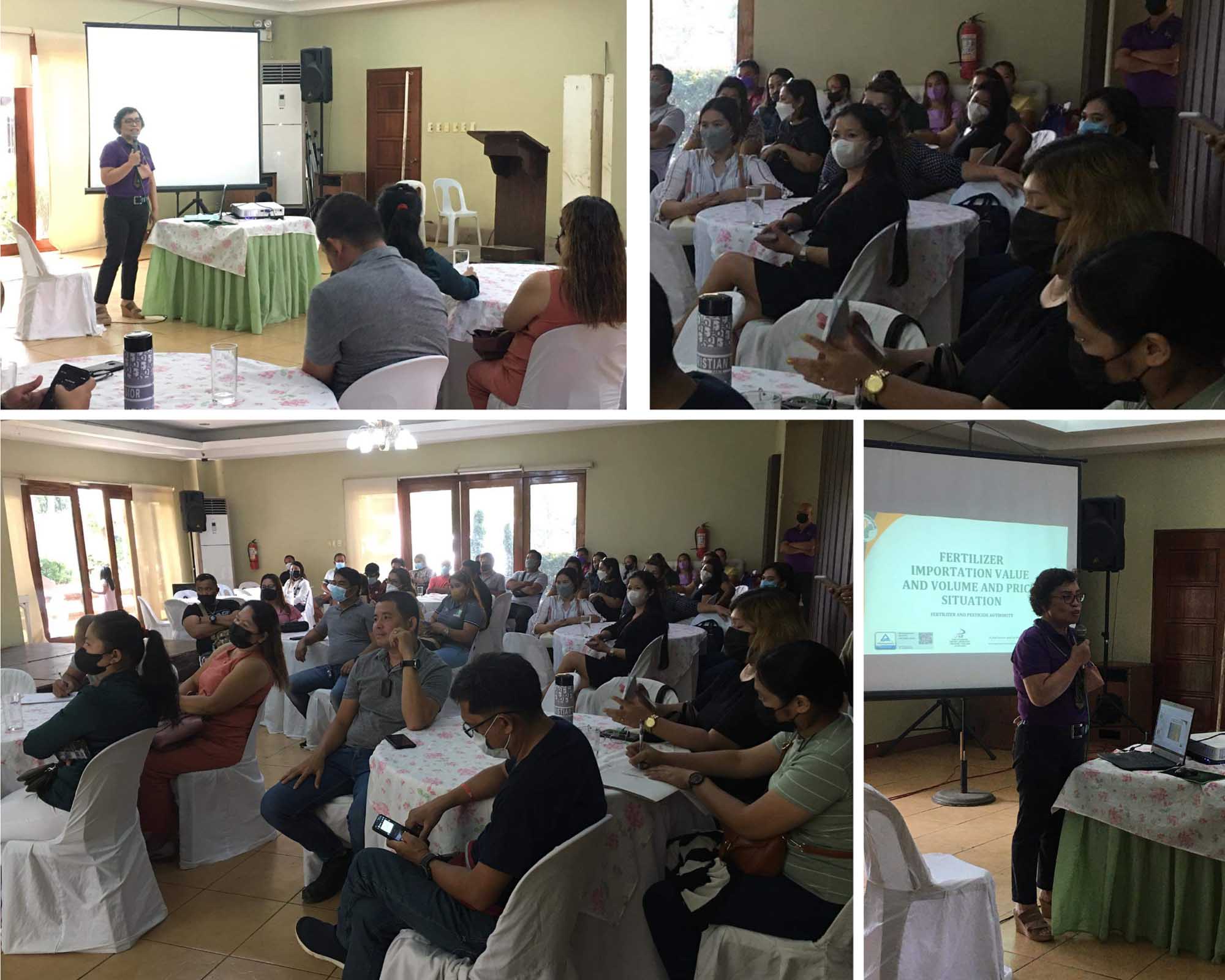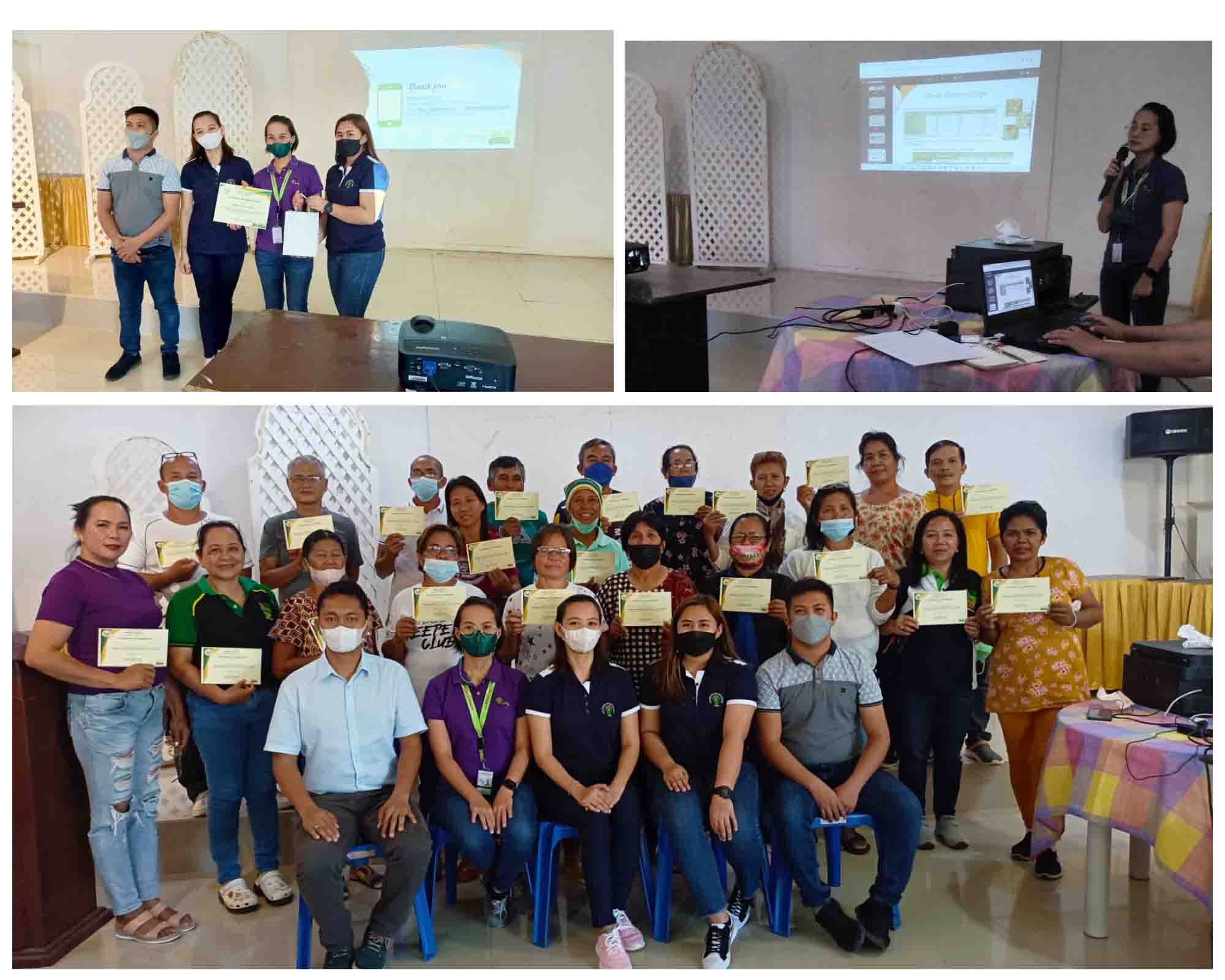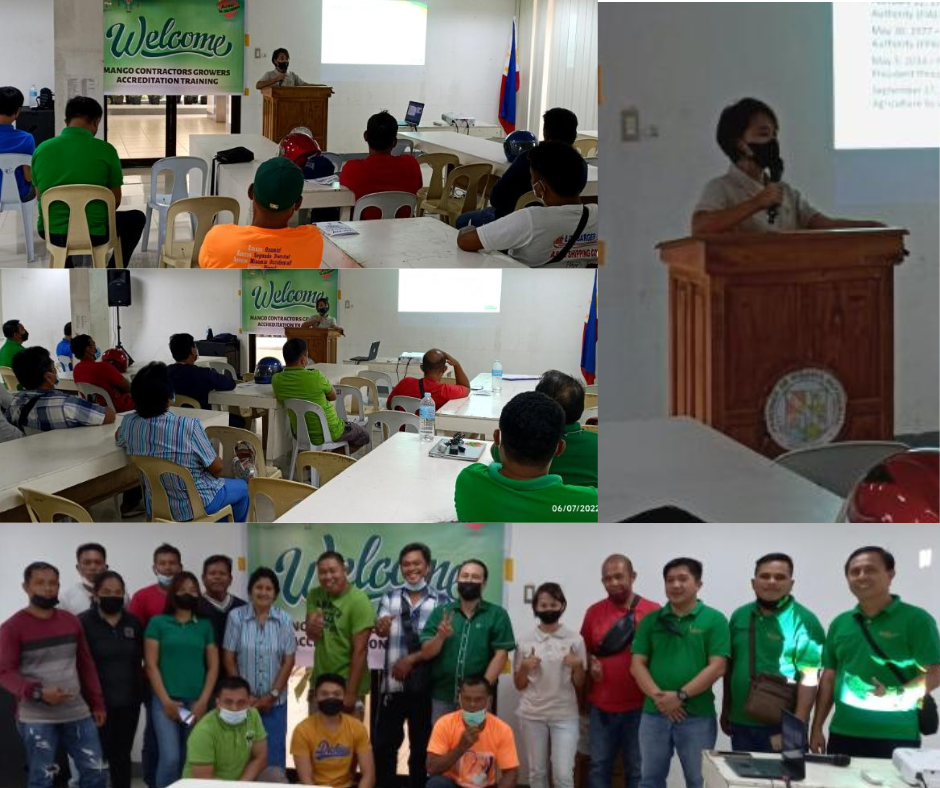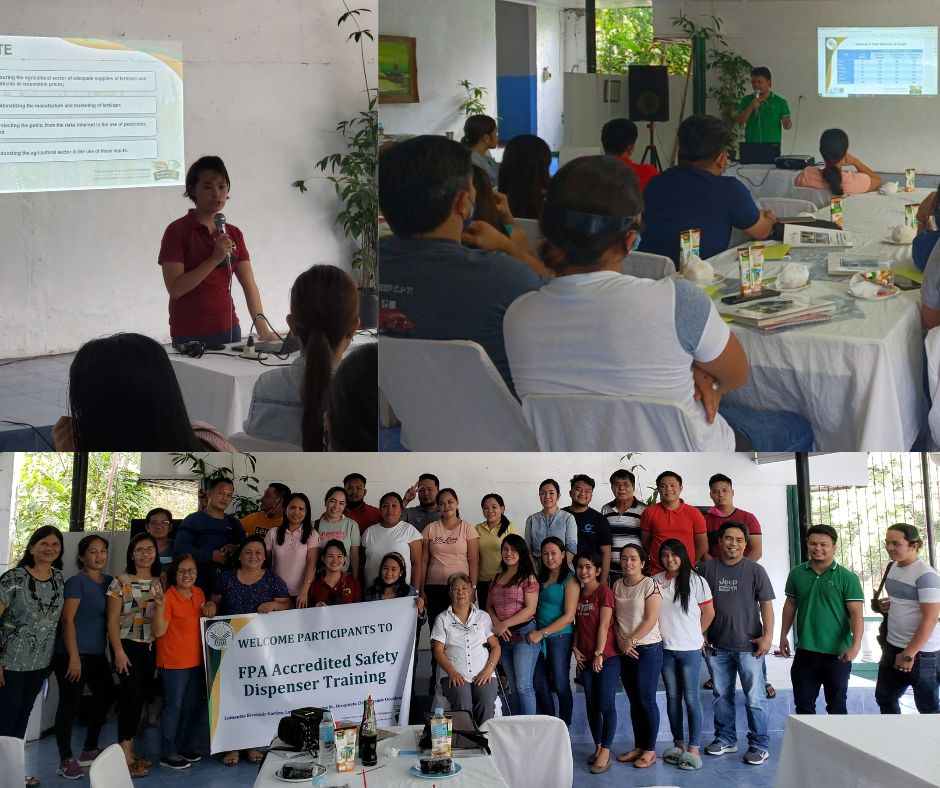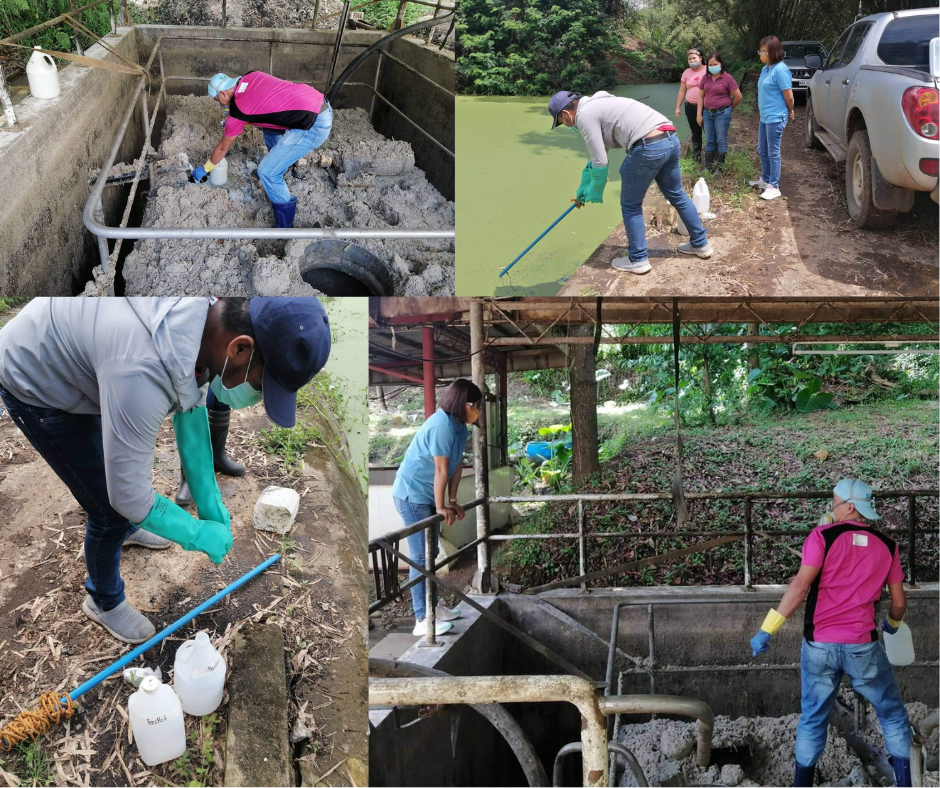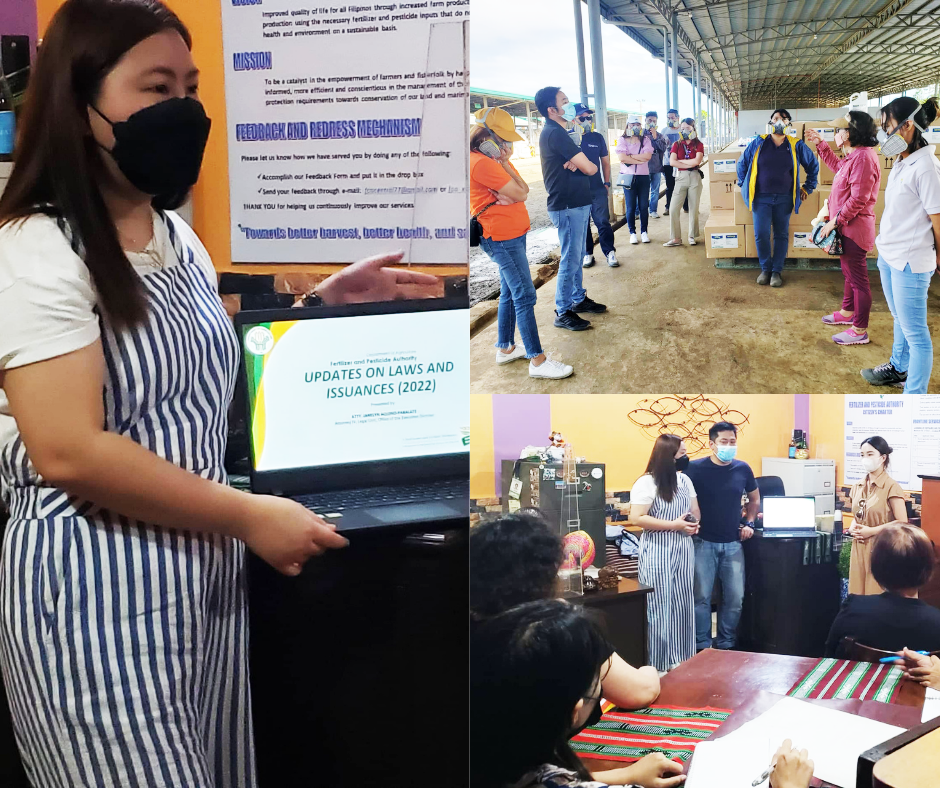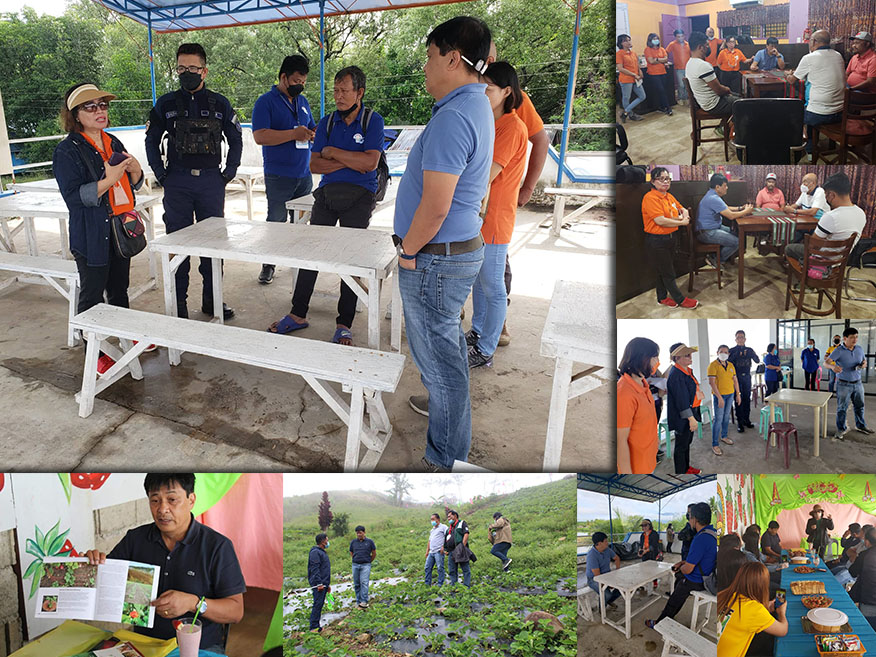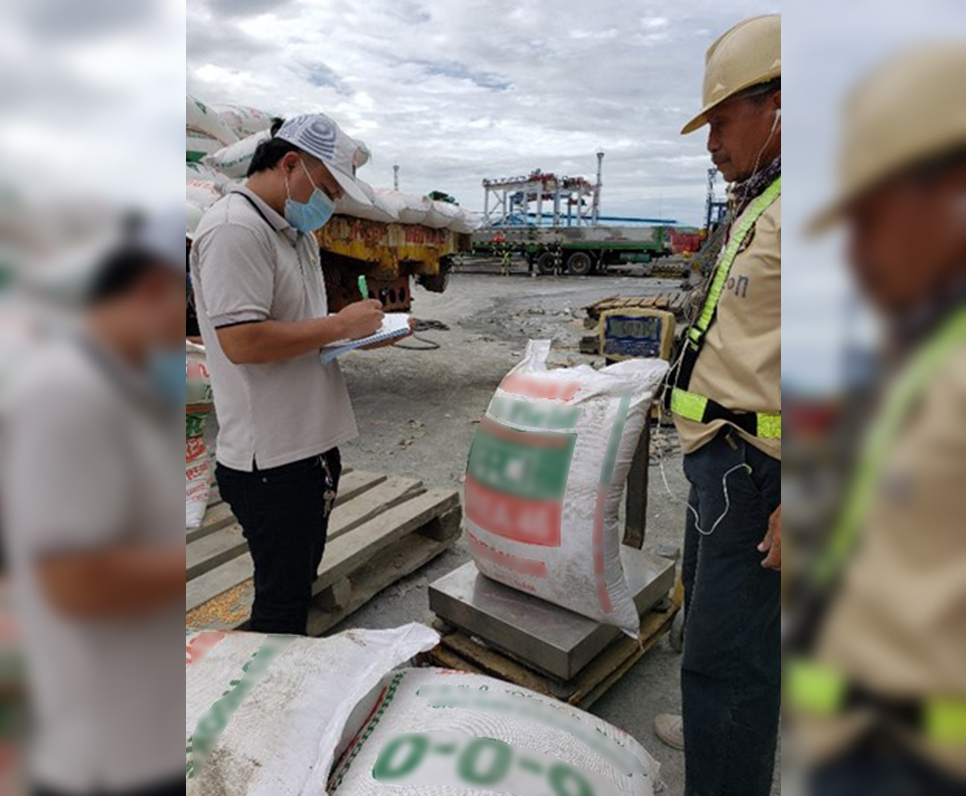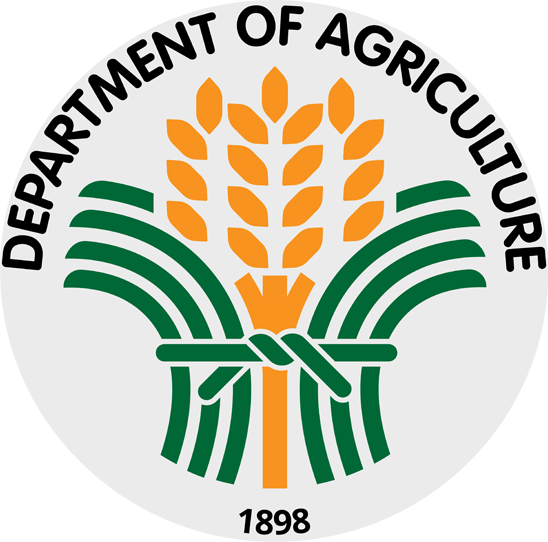Northern Mindanao
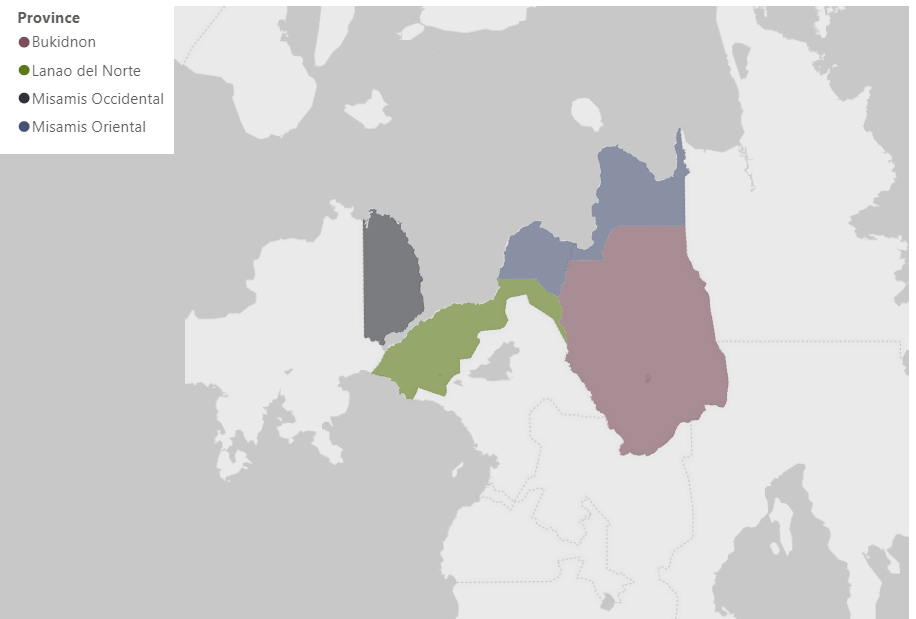
PROFILE
Bukidnon l Lanao del Norte l Misamis Occidental l Misamis Oriental
--- BUKIDNON ---
Physical Profile:
The Province of Bukidnon rests high above sea level at 915 meters (3,002 ft). The province is mainly an extensive plateau located at the center of Mindanao in Southern Philippines. It is bounded on the North by the Cagayan de Oro, on the South by North Cotabato and Davao City, on the East by Agusan del Sur and Davao del Norte, and Lanao del Norte and Lanao del Sur on West.
The 2015 Census of Population (POPCEN) revealed that the province has a total population of 1,415,226 individuals or 1,406,764 household population. It is subdivided into 4 legislative districts comprising 2 component cities, 20 municipalities and 464 barangays. With a total land area of 1,049,859 hectares with 322,804 hectares of farms by land use. Bukidnon is the largest province in Mindanao in terms of land area, covering 59% of Region 10. At least 38% of the province’s land area is alienable and disposable. The rest is classified timberland. The province is relatively cool and moist all throughout the year. Owing to its elevation, Bukidnon is storm-free province.
Agricultural Profile:
Bukidnon is dubbed as the “Food Basket of Northern Mindanao” is the leading producer and supplier of fresh fruits and vegetables in the region. These produce are either sold in domestic markets or exported to neighboring Asian countries. Having the biggest agricultural area with soils and climate highly suited to agriculture, Bukidnon’s economy is generally agriculture-based, fueled by livestock and highland tropical crops production. The province also hosts the country’s top manufacturers of food and food products and large livestock farms. Mining and resource-based handicrafts are active industries in the province, too.
--- LANAO DEL NORTE ---
Physical Profile:
The Province of Lanao del Norte, in the national geographical setting, is situated in the northwestern part of Mindanao- Region10. Its capital is the municipality of Tubod. Lanao del Norte is bordered from the north by Iligan Bay, Misamis Oriental, Bukidnon, Lanao del Sur and Illana Bay, Pagadian Bay, Zamboanga del Sur.
Like any Provinces in Mindanao, Lanao del Norte has a coastal to mountain ecosystems since the province lies along the coast of Iligan and Kolambugan Bays stretching up to the tip of Panguil Bay and extending to the coast of Illana Bay in the south.
The province has a total land area of 334,657 hectares with 22 municipalities with 1 independent city and 462 barangays (PhilAltas, 2020) its traversed by many rivers, the most essential of which is the Agus River that feeds the notable Ma. Christina Falls, a major source of hydro-electrical power throughout Mindanao which generates 80% of the Mindanao power grid.
Agricultural Profile:
Base on the PSA 2018, out of the total area of 334,657 hectares 174,332 hectares where use in farming. Table 2 shows that the major crops in the province are; palay, corn, coconut (with husk), banana, cassava and sweet potato while in livestock (cattle, carabao, goat, swine) and poultry (duck and chicken) got the highest inventory of animals.
--- MISAMIS OCCIDENTAL ---
Physical Profile:
Misamis Occidental is located in the Northern Mindanao in the Philippines and Oroquieta City as its capital. The province on the west part where bounded by the province of Zamboanga del Norte and Zamboanga del Sur to the west and is separated from Lanao del Norte to the south by Panguil Bay and Iligan Bay to the east.
Misamis Occidental is located near the narrow strip of land linking Northwestern Mindanao, to the North-central part of the island with a total area of 205,522 hectares (PhilAtlas, 2020).Misamis Occidental consist of 2 districts, 14 municipalities with 3 cities and 490 barangays. (PSA, 2018).
The province main livelihood was fishing, followed by farming such as coconut and rice. Coconut is their chief crop and it was being processed into oil, desiccated coconut, and coir, and most of which are shipped to other neighboring province like Cebu (Region 7). Other crops grown in the province are rice, corn, abaca, coffee, cacao and rubber.
Agricultural Profile:
Based on the PhilAtlas, out of the total land area of 205,522 hectares, the province of Misamis Occidental recorded 76,811 hectares of land use for farming. Major crops in Misamis Occidental are; Palay, Corn, Coconut, Banana, Cassava and Mango.
On the other hand, major livestock and poultry in the province wherein native/improve chicken got the highest number of animal inventory by PSA, 2019.
AGRICULTURAL PRODUCTION ACCOUNTS
Source: Philippine Statistics Authority
B. Value of Production in Agriculture at Current Prices, Northern Mindanao, 2018 to 2020
C. Percentage Distribution of Value of Production in Agriculture, Northern Mindanao, 2018 to 2020
D. Volume of Production in Agriculture, Northern Mindanao, 2018 to 2020
E. Average Farmgate Prices in Agriculture, Northern Mindanao, 2018 to 2020


